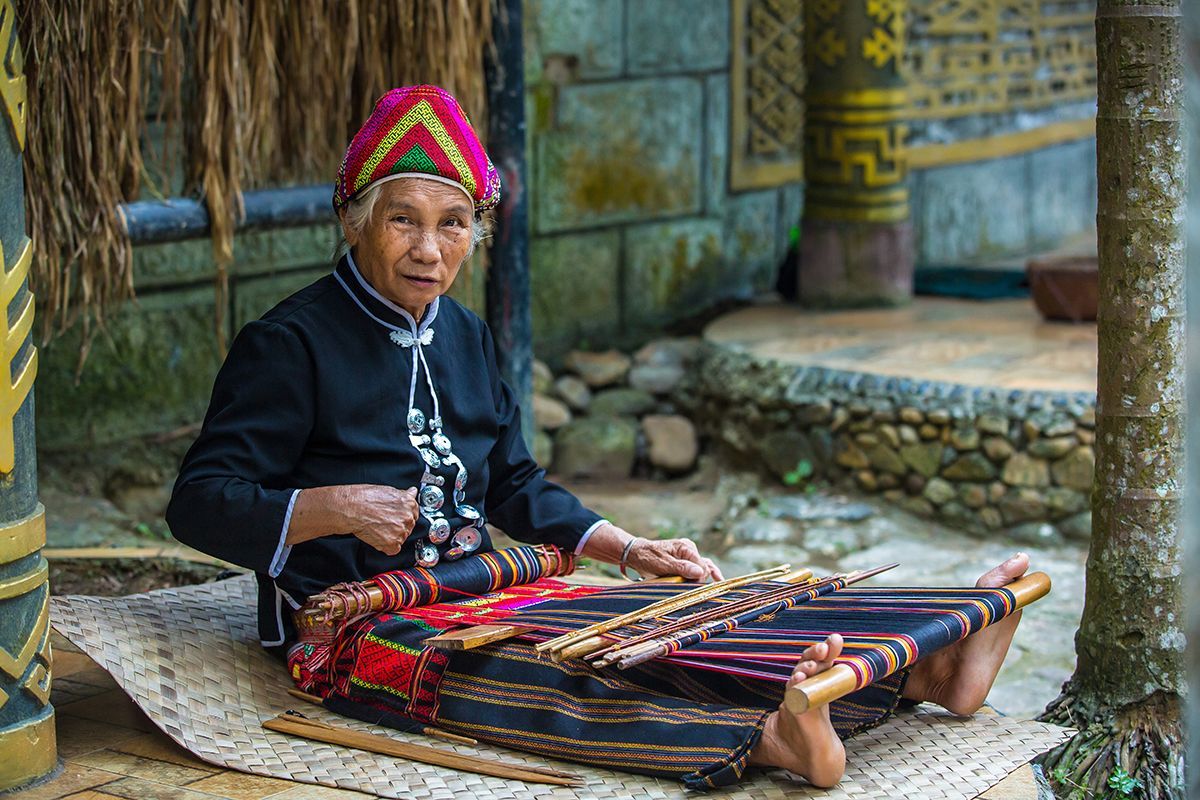© This article is an extract from Paul Hattaway's epic 656-page China’s Book of Martyrs, which profiles more than 1,000 Christian martyrs in China since AD 845, accompanied by over 500 photos. You can order this or many other China books and e-books here.
1900 - Louise Partridge
July 31, 1900
Taigu, Shanxi
Louise Patridge.
Mary Louise Partridge was born on May 27, 1865, in Stockholm, New York. Her parents were devoted Christians who dedicated Louise to the Lord on her first birthday. By the time she was six she was already telling people that God had called her to be a missionary.
In many ways Louise Partridge was strangely similar to her co-worker and fellow martyr Rowena Bird. She was the same age, the daughter of a minister, and she also insisted on being called by her middle name. In other ways, however, the two ladies were poles apart in their views and personalities. While Rowena Bird spent much time on her appearance, Louise cared little about the way she looked. She came from a rural background and was more used to rough living.
The biggest obstacle blocking Partridge from becoming a missionary was her poor academic record. Despite attending Oberlin College for four years she never graduated, and her grades were described as “dismal.” She got “D’s in Greek, Bible, and Hebrew studies, French, ethics, philosophy, and German…. Despite Louise’s poor academic record, the American Board, apparently desperate to find single women to send to China, approved her application.”[1] What spared Partridge was her kind personality and ability to relate well to others. The Board decided these good attributes outweighed her academic failures. Their bold decision proved correct. From the time she first arrived in Shanxi in October 1893, Partridge built many strong friendships among both Christian and non-Christian women, who warmed to her empathy. A fellow missionary wrote,
“She could caress and love these women and children as no other person thought of doing. Homes were soon open to her, and in villages, where only a few heretofore came, many were anxious to learn. She took special pleasure in touring and opening doors in villages, where never a foreigner had entered.”[2]
At the time, the female missionaries with the American Board were allowed to attend mission meetings, but they were not permitted to vote. Louise Partridge was never slow to share her views, nor to make decisions if she was sure God was leading her. In 1897 she independently decided to move to the village of Li Man, located about seven miles (11 km) from Taigu. She felt much freer in the village and was relieved to be out of the cramped town.
Louise Partridge and her assistant, Guo Xiaoxian, departing on an evangelistic trip by horseback in 1898.
Partridge had grown up around horses. In China she loved to ride from village to village, usually with her servant, Guo Xiaoxian as a bodyguard. In 1899, the leader of the Girls’ School in Taigu died, and Partridge was appointed to take her place. This was a shock to the free-spirited evangelist, who complained, “It is the most confining work I have ever had to do in my life.”[3] She finally had an idea which would allow her to retain a measure of her beloved freedom. She relocated the school to Li Man village! Louise grew to love the girls entrusted under her care. They called her ‘Bei Zhaoshi,’ meaning ‘Precious Pearl Teacher.’ Soon there were more than 40 girls in the school.
When the Boxers launched their mayhem in the summer of 1900, Louise Partridge remained at her post in Li Man, unwilling to leave the girls. Charles Price wrote that she had stayed behind, “not being willing to leave her schoolgirls to the mercy of a mob. Such bravery and devotion to her work cannot be too highly spoken of.”[4]
When Partridge heard about the murder of Belgian and French engineers who were fleeing to the coast, she wrote, “I felt there was no hope for us. A horrible fear shook me for a minute.”[5] Partridge decided it was safer for the girls to return to their homes, and she went to the mission station at Taigu. On July 14th she wrote her final letter, saying, “We have nothing to do now but to wait for death, or deliverance which seems to be impossible except by a miracle…. I’ve sent letters to all my friends so. Excuse all mistakes—we are all more or less stunned and stupid.”[6]
The Boxers finally attacked the Christians at Taigu on the last day of July 1900. Louise Partridge’s head was severed from her body, and in an instant she was freer than ever been before, safe in the arms of the Lover of her soul.

1. Brandt, Massacre in Shansi, 88-89.
2. Brandt, Massacre in Shansi, 86.
3. Brandt, Massacre in Shansi, 89.
4. Edwards, Fire and Sword in Shansi, 272.
5. Brandt, Massacre in Shansi, 192.
6. Edwards, Fire and Sword in Shansi, 295.




